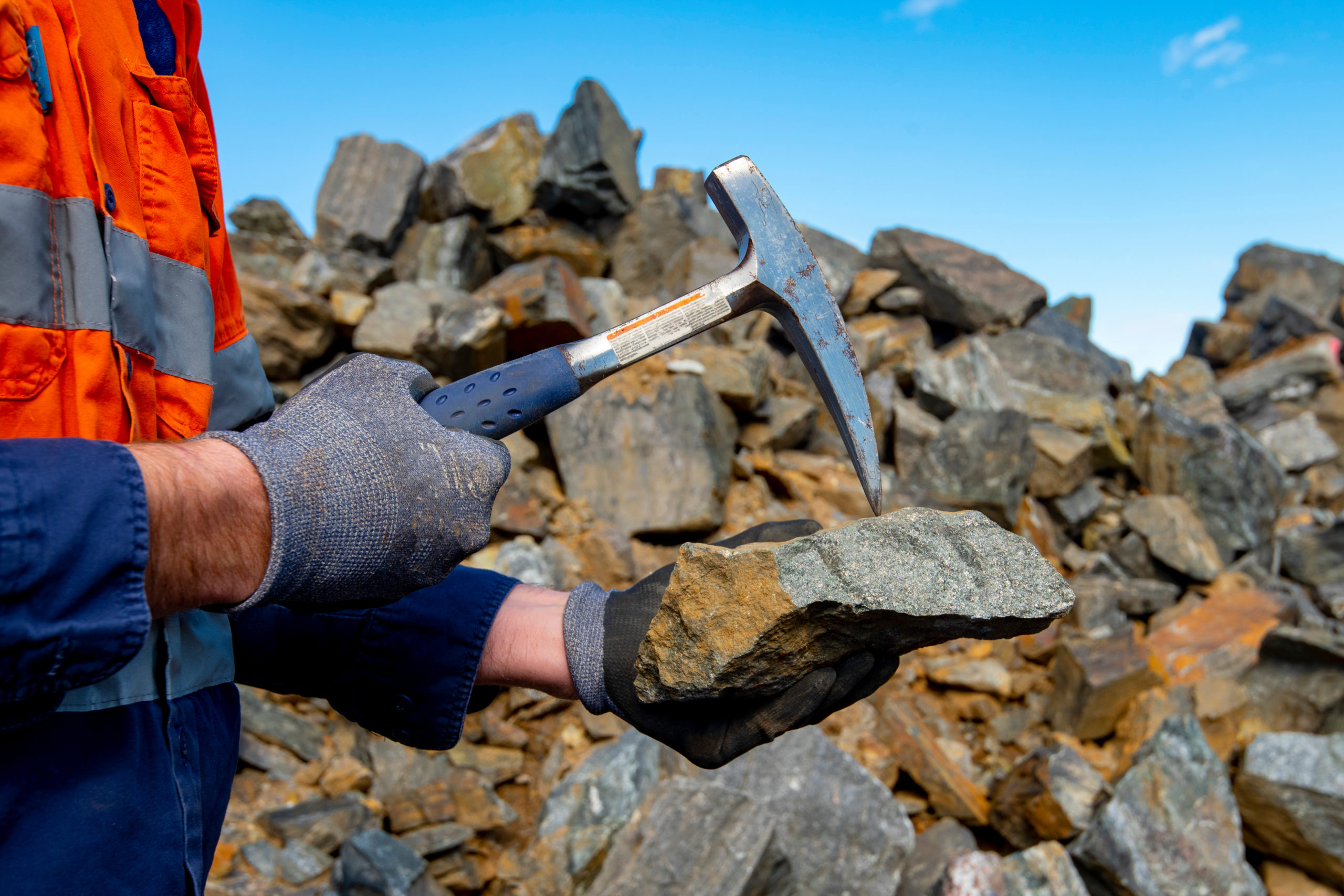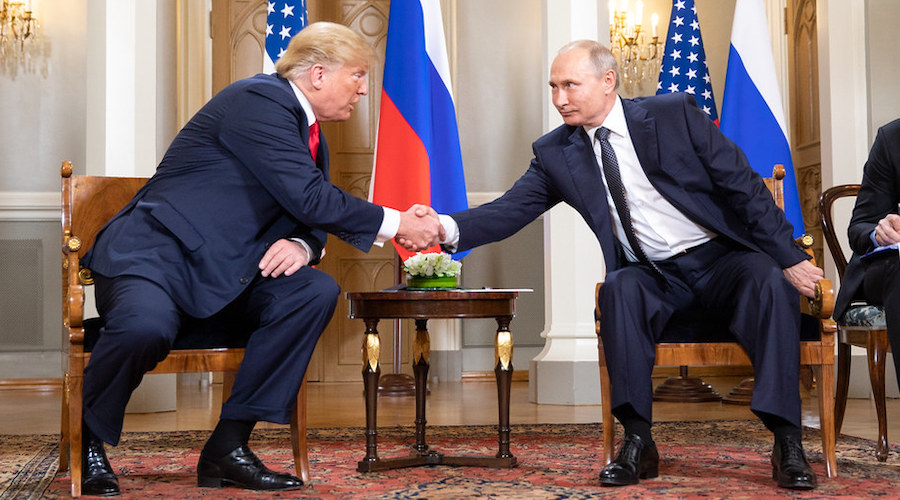The periodic table and the road to resource nationalism

This year marked the 150th anniversary of the periodic table, which UNESCO has dubbed the International Year of the Periodic Table of Chemical Elements. Developed in 1869 by Dmitri Mendeleev, a Russian chemist and inventor, the periodic table is the foundation on which nearly all modern science is based. Even in its earliest form, Mendeleev used his newfound creation not only to hypothesize the properties of already identified elements, but also to predict as-yet discovered substances, including those now coveted by today’s modern fuel-cell industry, like germanium (Ge) and gallium (Ga).
To mark the occasion, the European Chemical Society published a periodic table infographic designed to highlight the relative abundance and scarcity of elements based on current and forecast supply and demand. Elements topping the abundance category include household names like hydrogen (H), oxygen (O) and silica (Si). Those facing threat of depletion in the next century (based on known reserves) consist of lesser known elements like indium (In), tellurium (Te) and others that Mendeleev himself identified a century and a half earlier. The info graphic underscores the sensitivity of commodity supply to the tech industry’s burgeoning demands and its dire need to maintain healthy supply networks.
Last year, Canada produced over 60 minerals and metals worth nearly $47 billion and was a global leader in the production of advanced battery technology commodities like cobalt, graphite and nickel
Recognizing the tightening supply chain of mineral resources, many countries are starting to look inward to meet their own needs as well as broaden their economic portfolio. In Saudi Arabia, mining plays a central role in their Vision 2030 diversification plan, with lofty goals to cultivate the Kingdom’s mineral resource economy to as high as SAR97 billion ($34 billion) by 2020, creating 90,000 job opportunities in the process. The Kingdom is already host to significant reserves of aluminum, gold and copper, and looks to expand its repertoire even further.
Canada is juggling its commitments to environmental stewardship with much needed wealth generation in the mineral resource sector.
Last year, Canada produced over 60 minerals and metals worth nearly $47 billion and was a global leader in the production of advanced battery technology commodities like cobalt, graphite and nickel. However, despite its mineral resource wealth, the country still imports a great deal of products from abroad. In 2018, mineral and metal import trade with the U.S., Canada’s single largest trading partner, hit its highest accounting for nearly half of all of Canada’s foreign import expenses — a whopping $48 billion out of $87 billion, with coal and crude oil accounting for the largest proportion.

Many countries recognize the strategic importance minerals play in securing their own place in the world economy. Two years ago, the U.S. president signed Executive Order 13817, a federal strategy to safeguard supplies of “critical minerals.” The executive order alleges that the “dependency of the United States on foreign sources creates a strategic vulnerability for both its economy and military to adverse foreign government action, natural disaster and other events that can disrupt supply of these key minerals.”
The broad interpretation of critical minerals has been the subject of much debate. According to the United States Geological Survey’s companion study of critical minerals, there are 35 minerals or mineral material groups, from aluminum to zirconium, that constitute possible supply chain threats to the United States. The list includes minerals like aluminum, potash and uranium — of which Canada is currently the U.S.’s largest supplier — as well as fuel-cell components like germanium and gallium.
This edict signals a marked shift in the nationalization of mineral commodities south of the border and how the U.S. will develop and enforce foreign and domestic trade policies relating to the minerals sector into the future. It also threatens the lifeblood trade relationship on which Canada so heavily relies — but the U.S. is not alone in its protectionist strategy.
Around the world, other countries are taking stock of their mineral resource wealth and independence. A 2019 study by global risk consultancy Verisk Maplecroft reveals that as many as 30 countries face higher-than-average resource nationalism risk. Among these are Russia, Venezuela and the Democratic Republic of the Congo, where increasing tax pressures, threats of expropriation, and ever more stringent local content requirements are at the core of each country’s risk environment.
Only time will tell how these strategies will affect global supply and demand, the trade of commodities across international borders, and the relative ease at which mining companies can access mineral resources on both foreign and domestic soil. What is certain, is that as long as the appetite for technology continues to outpace mineral reserves, so too will the motivation for nations to secure those supplies at home and abroad.
In an ironic twist of fate, Mendeleev’s quest to catalog the building blocks of the universe and unite the scientific community also opened a Pandora’s box that would divide those in its pursuit. With knowledge came power — or at least the quest for it.
— Kurt Breede, P.Eng. is a mineral resource and corporate development consultant, and Principal of Metallica Consulting, specializing in mineral resource estimation and technical disclosure
(This article first appeared in The Northern Miner on December 13, 2019)
More News
{{ commodity.name }}
{{ post.title }}
{{ post.date }}



Comments